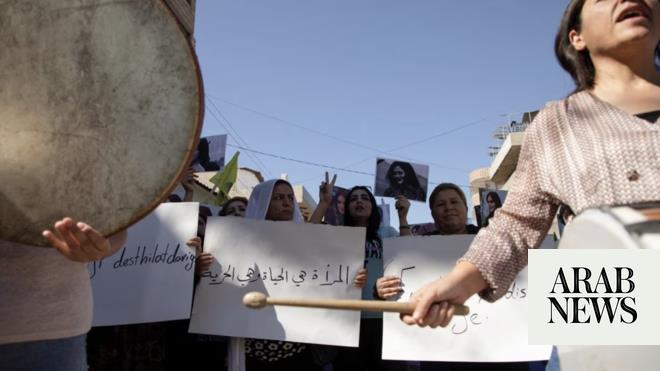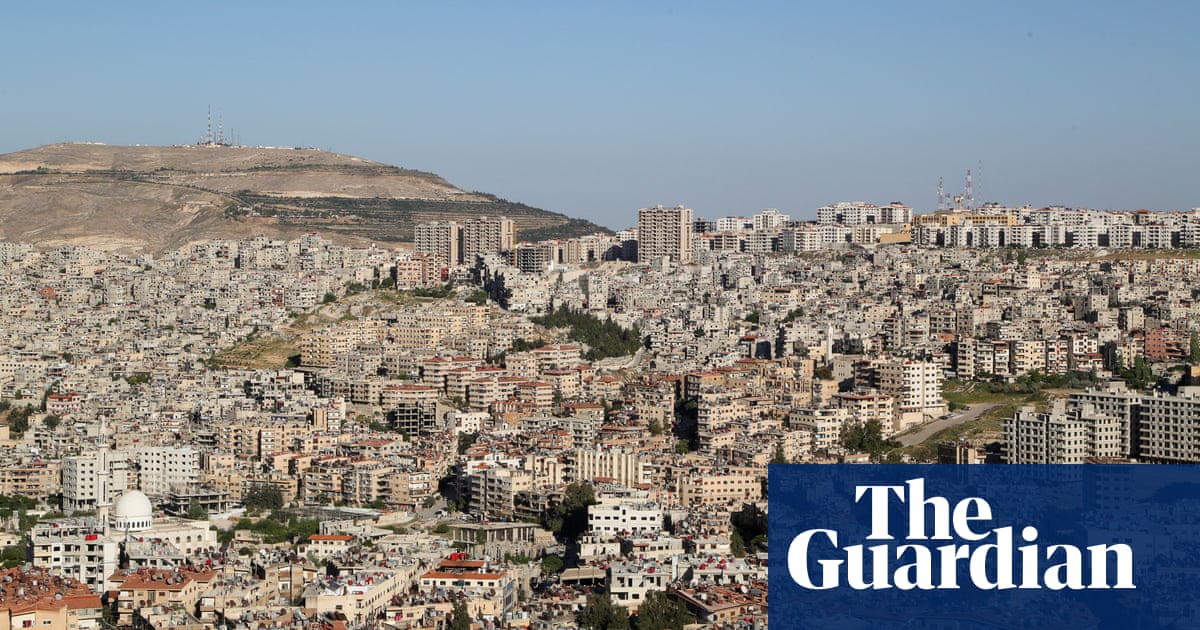
Iranian media whether supportive of the government of President Hassan Rouhani or of the Revolutionary Guards, despite often disagreeing, came together on the roots causing the water crisis.
On one hand, Rouhani blamed dam building policies in Turkey and Afghanistan—while the Revolutionary Guards spoke of an “enemy conspiracy” aimed at drying up Iran. It is worth noting that Iran’s energy minister and his aides say that the drought is the worse in 40 years.
At least 40 percent of urban drinking water has been lost due to eroded pipelines and water network systems, and another 30 percent lost in agricultural water due to Irans underdeveloped irrigation methods. Those two are among the most important causes of water shortage ravaging the country.
The government and official institutions are held solely responsible, as they are involved in wasting about 40 billion cubic meters of water annually, equivalent to 33 percent of the total water supply consumed by Iran.
Perhaps the most important factor at play in the water crisis and climate change in Iran is poorly shaped policies on dam construction and water transport projects.
Although the era of dam construction is well past the world, its trend is still strong in Iran—it is a policy initiated by former President Akbar Hashemi Rafsanjani and upheld by successive governments despite widespread opposition and environmental warnings.
Over the period of Rafsanjani and former reformist president Mohammad Khatami, the number of Iranian dams has doubled to 1,330 –some of which were inaugurated projects under construction-- which are capable of accommodating 65.3 billion cubic meters.
Some 673 dams are currently in use.
Nevertheless, experts believe that many of constructed dams were not only miscalculated but also a major cause of drought and the desertification of many areas, particularly some which are fertile.
For example, in the northwestern provinces of Erbil, Western Azerbaijan, Eastern Azerbaijan and Kurdistan, the government has established 56 dams with a capacity of 2.1 billion cubic meters of water, leading to the drying up and shrinking of large lakes by 88 percent by 2016.
In Iran’s south, 50 dams were constructed on the Karkh River, the country’s largest river in terms of annual water level.
Of the 50 dams, 14 entered are operational with a total supply of about 10.2 billion cubic meters. The dams have dried out the Karkh River which used to feed into Hawizeh Marshes and the Ahwaz and Maysan Governorates in Iraq.
But top impact is inflicted by the government dam scheme targeting Karun River, the countrys longest river in terms of length, with 90 dams, 40 of which currently have a storage capacity of 24 billion cubic meters of water.
It is worth noting that Karun River is vital for the Iran occupied Ahwaz region, particularly its northern and central regions.
Iran is carrying out projects to redirect water from the south-west, west and north-west of the country, from ethnic minority provinces such as Ahwaz, Kurdistan, Kermanshah, Ilam, West Azerbaijan and East Azerbaijan to majority populated provinces such as Qom, Isfahan, Kerman, Yazd, Samanan and Hamadan.
Despite officials using terms such as “conspiracy” and “enemies” to justify the massive drought lying ahead, and diminishing and inequitable distribution of water supplies, a large group of Iranian stakeholders expressed their desire to “search for the roots of the problem in the water management system.”
Many in Iran also agree that what they labeled as the “local mafia” being responsible for destroying national resources and slowly turning Iran into an arid desert.
Seventy percent of Iran’s population will be driven out of their hometowns by the drought and forced to migrate, the Iranian presidential national water supply adviser warned.












